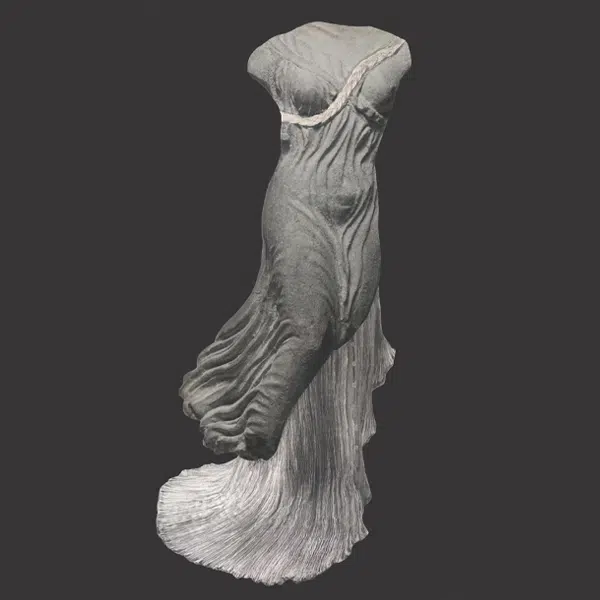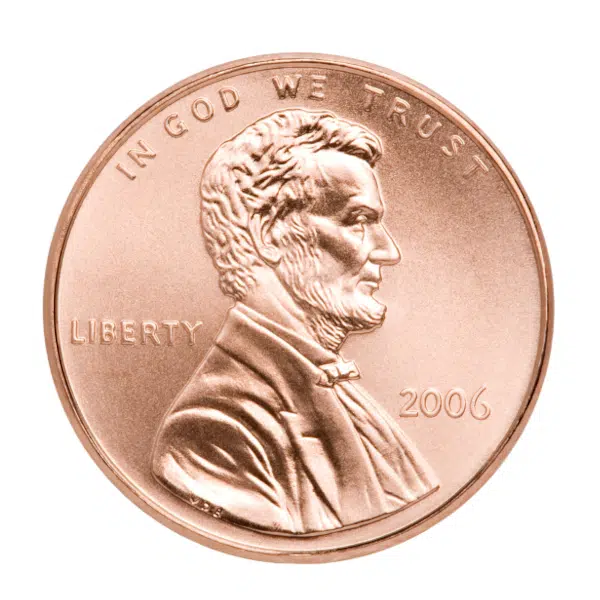
An illustration showing what exoplanet K2-18b could look like based on science data. (Photo: NASA, ESA, CSA, Joseph Olmsted, Public domain)
With the help of NASA’s James Webb Space Telescope (JWST), astronomers now believe they have detected possible signs of life on another planet. A new study recently published in Astrophysics Journal Letters details these astounding findings, which claim that the atmosphere of K2-18b, an exoplanet about 124 light-years away, suggests the presence of dimethyl sulfide (DMS) and potentially dimethyl disulfide (DMDS). These molecules are only produced by microbial life such as marine phytoplankton here on Earth.
“These are the first hints we are seeing of an alien world that is possibly inhabited,” Nikku Madhusudhan, a professor at the University of Cambridge’s Institute of Astronomy, said during a press conference. “This is a revolutionary moment.”
In the study, Madhusudhan and his team speculate that K2-18b could be a “Hycean” planet, one possibly covered in liquid water with a hydrogen-rich atmosphere. In addition to these essential chemical ingredients, the planet is also located within the habitable zone of its star, offering it the right temperature and distance to host liquid water on its surface.
“Earlier theoretical work had predicted that high levels of sulfur-based gases like DMS and DMDS are possible on Hycean worlds,” Madhusudhan wrote in a statement. “Given everything we know about this planet, a Hycean world with an ocean that is teeming with life is the scenario that best fits the data we have.”
That said, “extraordinary claims require extraordinary evidence,” as Laura Kreidberg, an astronomer at the Max Planck Institute for Astronomy (though not a member of the study’s research team) warned. After all, the JWST is still a relatively novel tool, relying upon a tiny amount of starlight to analyze extraterrestrial atmospheres.
“I’m not sure we’re at the extraordinary evidence level yet,” Kreidberg told NPR. “I want to emphasize that this is an insanely difficult measurement.”
Beyond that, scientists have yet to determine whether chemicals like DMS and DMDS can be produced by sources other than life forms.
“It’s pretty hard to be sure that a chemical that we associate with life can only be made by living things,” Joe Hanson, a science communicator and TV personality, wrote in a Bluesky post. “Chemistry is pretty weird, and the galaxy is a very big petri dish.”
The study’s researchers have been exercising restraint as well, managing their enthusiasm with the necessity of more evidence.
“Either we’re looking at a new chemical process that we haven’t seen before, or we’re witnessing the first signs of biological activity outside of Earth,” Måns Holmberg, a coauthor of the study and a Space Telescope Science Institute postdoctoral researcher, told the Washington Post.
For NPR, Holmberg added: “We should be cautious. Any claim of life on another planet requires a lot of justification, and I don’t think we’re there yet.”
K2-18b was originally discovered in 2015 by NASA’s Kepler mission, orbiting a cool dwarf star in the constellation of Leo. Researchers first observed the planet with the JWST just a few years ago, and reported detecting methane and carbon dioxide. This new study stands as the latest to unveil critical revelations about the planet, whether or not they ultimately do indicate signs of life.
“Not yet a biosignature, but a timely prompt to sharpen our methods and expectations,” Sara Seager, an astrophysicist not involved in the study, concluded for The Washington Post.
For those eager to learn more about this groundbreaking research, the full study can be read in Astrophysics Journal Letters.
With the help of NASA’s James Webb Space Telescope, astronomers now believe they have detected possible signs of life on the planet K2-18b.
A new study suggested the presence of dimethyl sulfide (DMS) and potentially dimethyl disulfide (DMDS)—both molecules produced only by microbial life such as marine phytoplankton here on Earth.

Mixed phytoplankton. (Photo: NASA, University of Rhode Island/Stephanie Anderson, Public domain)
These findings may mean that K2-18b is a “Hycean” planet, one possibly covered in liquid water with a hydrogen-rich atmosphere.

An artist's rendition of what a Hycean planet may look like. (Photo: Pablo Carlos Budassi, via Wikimedia Commons, CC 4.0)
Sources: Scientists detect signature of life on a distant planet, study suggests; Are there signs of life on alien planet K2-18b, or is it just a lot of hot air?; Webb telescope detects a possible signature of life on a distant world
Related Articles:
Study Finds Crows Understand Basic Geometry, a Skill Thought to Be Unique to Humans Up Until Now
Woman Who Can Smell Parkinson’s Disease Is Helping To Pave the Way for a Medical Breakthrough
Long-Extinct Dire Wolf Is Successfully Brought Back to Life by Biotech Company






















































































